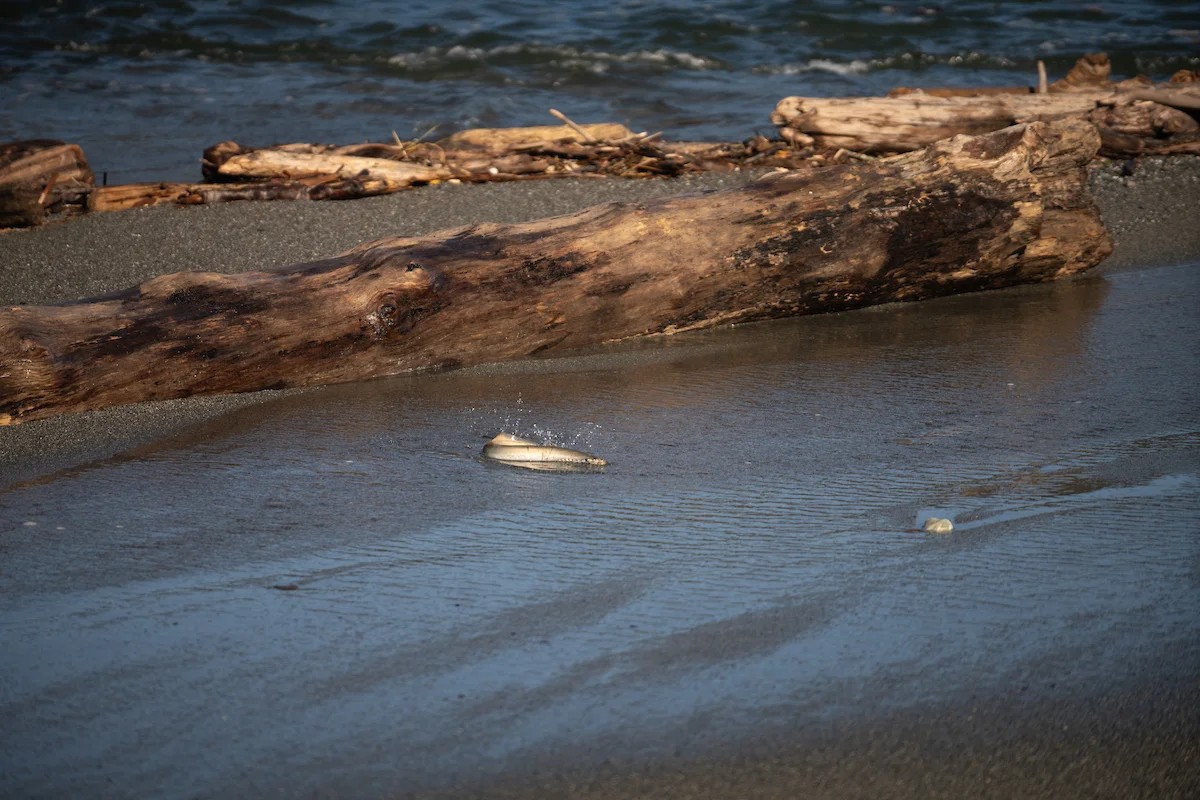
When salmon return from the ocean to the Klamath River after the world’s largest dam removal project ends this fall, they will regain access to 400 miles of historical spawning habitat their species has been cut off from for more than a century.
From the river to the lab, looking at the very ear bones of fish, scientists with the University of California, Davis, are playing a key role helping to answer a big dam question: Will it work? Will a diverse population of salmon thrive again once the dams are removed and the Klamath River restored?
The answers are important not only for the Klamath but also for dams across the world that have outlived their usefulness. Less than 100 miles south of Klamath, for instance, is the Eel River, where a dam is slated to be removed in 2028. In 2023 alone, 80 dams were demolished across the U.S.
“It will work,” said Robert Lusardi, a freshwater ecologist and assistant professor in the UC Davis Department of Wildlife, Fish and Conservation Biology. “There’s nothing better we could do for fish and for people in Northern California and throughout the world than to remove these dams. But if we don’t track and try to better understand how things are changing, we’re not going to understand their importance for future efforts.”
